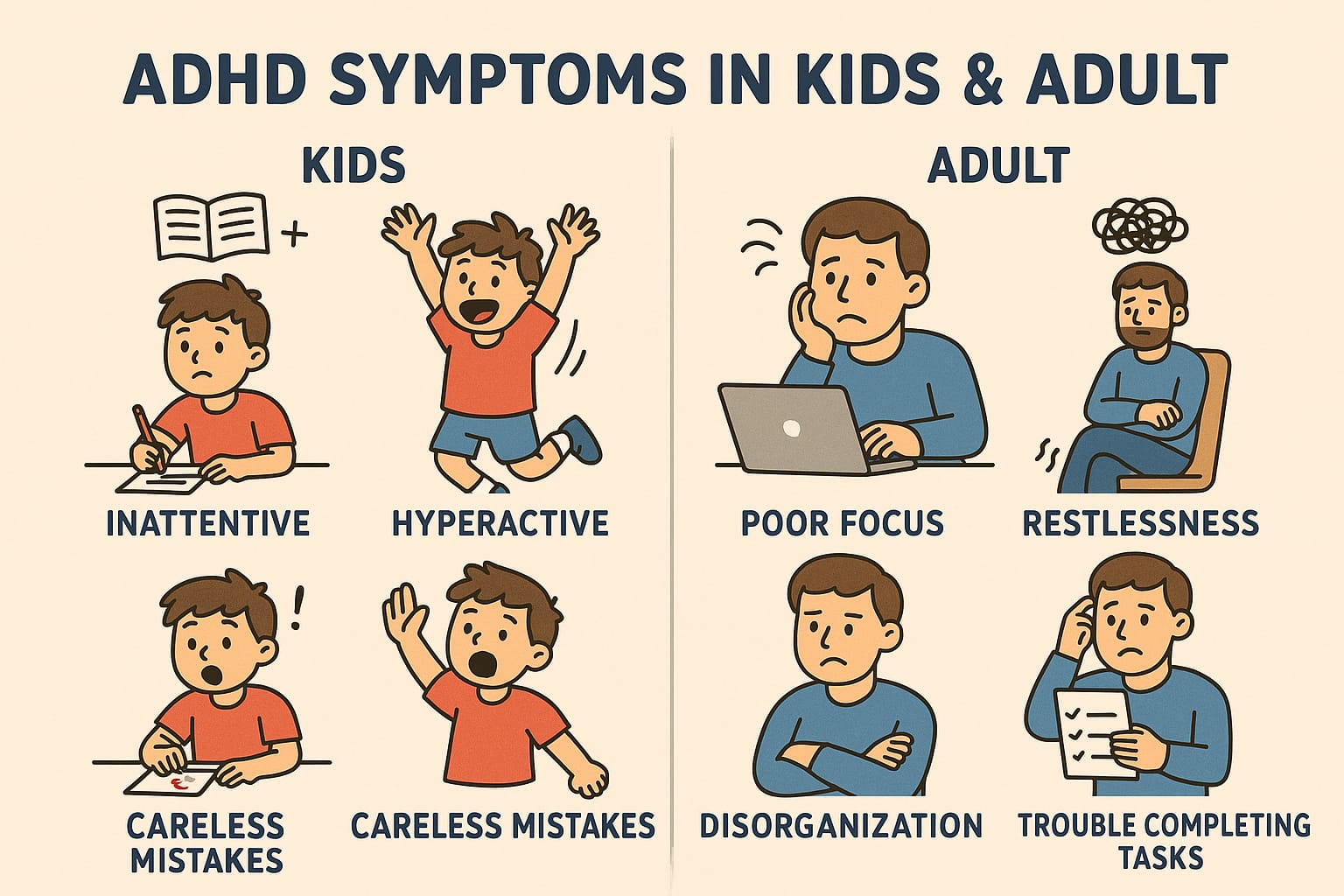Online treatment for anxiety offers accessible, effective support through digital platforms, allowing individuals to connect with licensed therapists and psychiatrists from anywhere. It includes therapy sessions, medication management, and progress tracking, often covered by insurance or available at affordable rates.
The most valuable aspect of online anxiety treatment is the convenience and consistency it provides, making mental health care easier to fit into daily life. Many services also offer options for diagnosis and prescription, broadening access beyond traditional in-person visits.
With numerous platforms available, patients can find tailored treatment plans that address their specific needs, combining therapy and medication when necessary. This approach supports ongoing management of anxiety symptoms without geographical or scheduling barriers.
Understanding Online Treatment for Anxiety
Online treatment for anxiety provides accessible and flexible options tailored to individual needs. It incorporates several therapy methods that address symptoms effectively while offering distinct advantages over traditional settings. The growing availability of digital platforms makes managing anxiety more convenient and personalized.
Benefits of Online Therapy
Online therapy eliminates many barriers related to in-person visits, such as travel time and scheduling conflicts. It allows patients to receive care from any location with internet access, increasing accessibility for people in rural or underserved areas.
Confidentiality and comfort also improve as individuals can engage in sessions from familiar environments. This setting may reduce anxiety about attending therapy, encouraging more consistent participation.
In many cases, online platforms offer a variety of communication methods, including video, chat, and phone sessions. This flexibility helps patients choose what suits them best.
Types of Online Anxiety Treatments
Various evidence-based approaches are available through online therapy. Cognitive-behavioral therapy (CBT) remains a primary treatment, focusing on modifying unhelpful thoughts and behaviors related to anxiety.
Other methods include mindfulness techniques, exposure therapy, and relaxation exercises. Some platforms provide medication management combined with therapy for comprehensive care.
Certain services specialize in specific populations or anxiety types. For example, LunaJoy targets women’s mental health issues such as postpartum anxiety by offering tailored support.
Effectiveness Compared to In-Person Therapy
Research shows online therapy can be as effective as traditional face-to-face treatment for generalized anxiety disorder and related conditions. Meta-analyses confirm significant symptom reduction across numerous studies.
Success depends on factors such as therapist qualifications, patient engagement, and treatment modality. Combining online therapy with medication when appropriate enhances outcomes.
While some individuals may prefer in-person interaction, others report feeling more comfortable and less stigmatized in a virtual setting. Accessibility and convenience often lead to better adherence and continuity of care.
How to Get Started with Online Anxiety Therapy
Starting online anxiety therapy requires decisions about platforms, understanding what therapy sessions involve, and using strategies to enhance treatment results. Careful preparation can help ensure the process is efficient and supportive.
Choosing the Right Platform
Selecting an online therapy platform depends on factors such as therapist credentials, cost, insurance coverage, and treatment options. Many platforms offer licensed therapists specializing in anxiety and may include Cognitive Behavioral Therapy (CBT), medication management, or a combination.
Users should check if the platform accepts insurance or provides sliding-scale fees to manage costs. Accessibility features, like app usability and session availability, are also important. Comparing patient reviews and platform ratings can provide additional insight.
A clear list of priorities, such as convenience or specific therapy types, will guide the choice. Trial sessions or introductory calls can help determine fit before committing.
What to Expect During Sessions
Online anxiety therapy sessions typically last 45 to 60 minutes, conducted via video, phone, or chat. The therapist will assess symptoms and collaboratively develop a treatment plan tailored to anxiety severity and personal circumstances.
Sessions focus on evidence-based approaches, often involving CBT techniques. Patients may be asked to complete exercises between sessions to track thoughts and behaviors contributing to anxiety.
Therapists provide a safe, confidential environment analogous to in-person sessions. Regular scheduling encourages consistent progress. Medication prescriptions may be arranged through some platforms when clinically appropriate.
Tips for Maximizing Treatment Success
Consistency is key. Attending sessions regularly and completing homework assigned by the therapist reinforces progress. Patience is important, as symptom improvement often takes several weeks.
Setting clear goals and openly communicating symptoms and challenges helps therapists adjust treatment effectively. Minimizing distractions during sessions ensures full engagement.
Using platform features, such as mood tracking or journaling tools, can support self-awareness. Involvement of supportive family or friends may enhance outcomes but depends on patient preference.
If progress stalls, discussing alternative approaches or combining therapy with medication should be considered.



